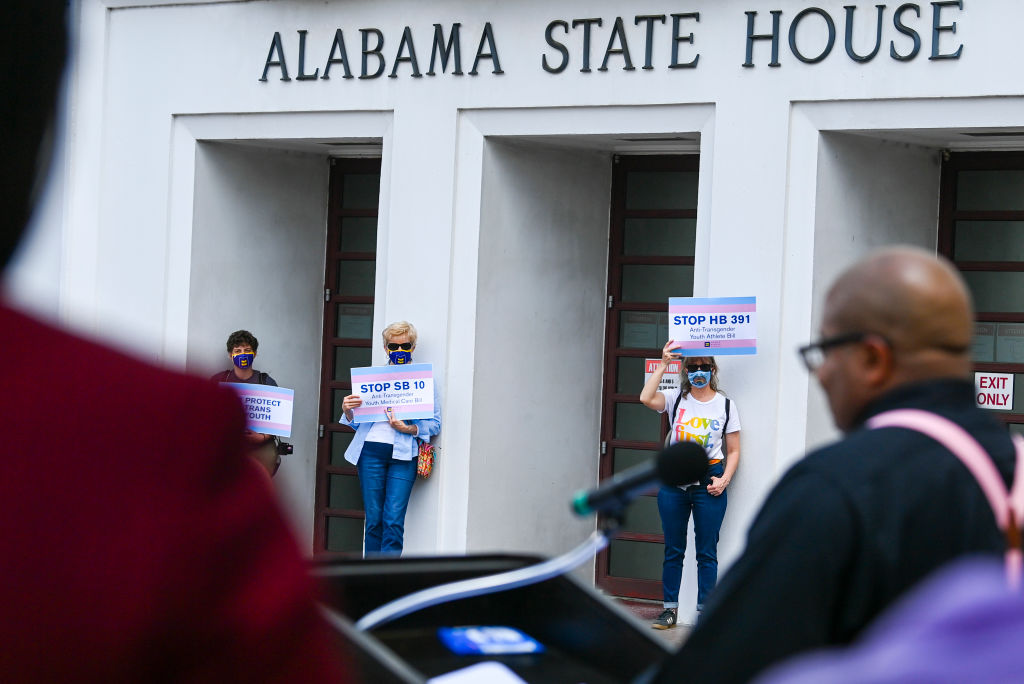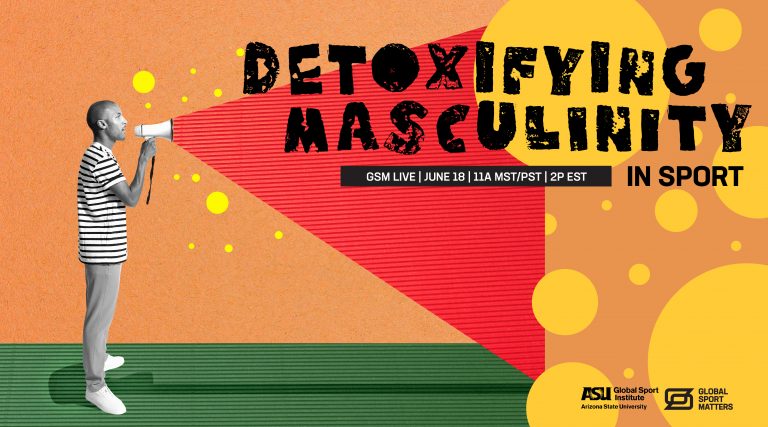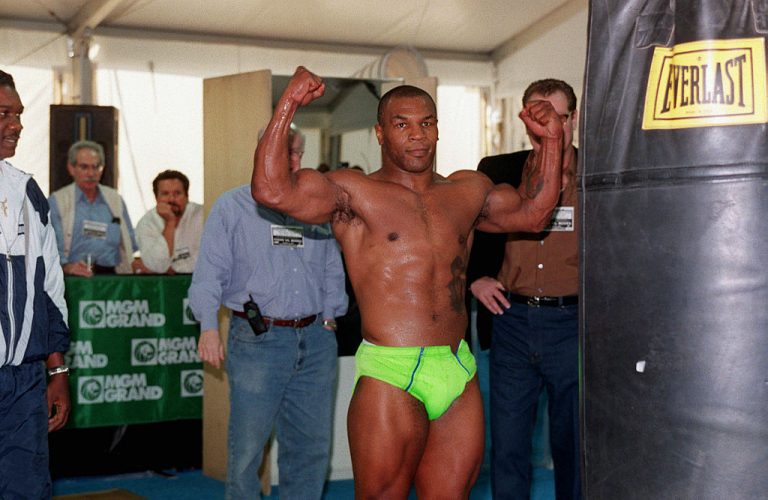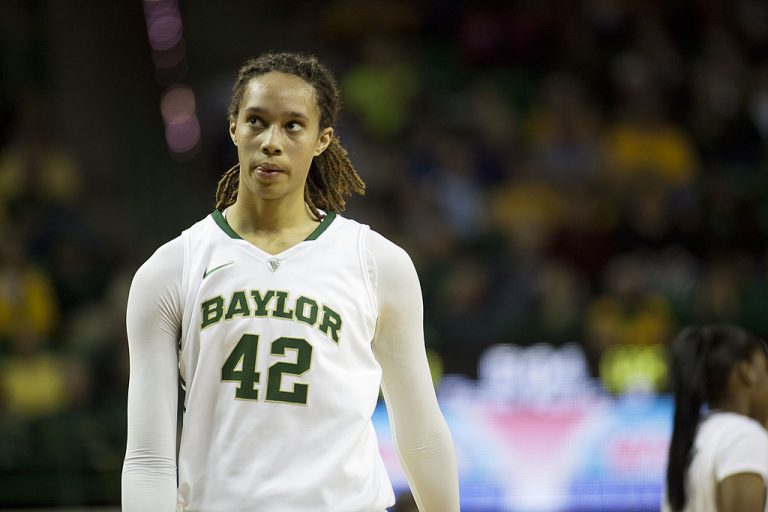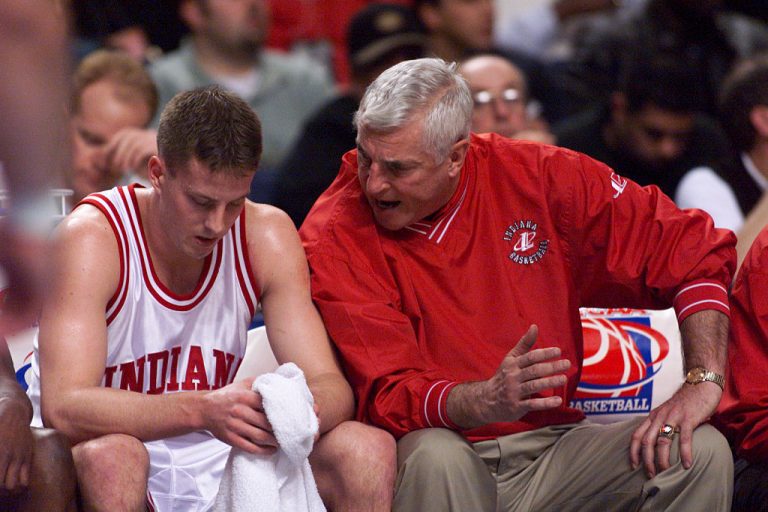As the U.S. Sets a Path for Young LGBTQ+ Athletes, What Blueprint Will We Create?
Why this matters
Global Sport Institute CEO Kenneth Shropshire looks back on all the times sport has been at the center of issues related to sex, gender and sexuality over time and the change that is to come with a wave of legislation around the United States dictating where young athletes are able to compete.
As sport transitions to a form of normalcy around the world, the conversations that dominated 2020 regarding tolerance, equity and community have been echoed on the field of competition. Fans are frequently pushing the envelope in how they treat athletes, and politicians are taking up issues on what it means to compete in your own body, particularly as a young person. The level of both sophistication and breadth in which we deal with issues of sex, gender and sexuality in sport has become much more complex. Included in that complexity is increased politicization.
For example, in the 1970s, boycotts and controversy over Renee Richards’ participation in women’s tennis matches at the U.S. Open served as a sort of gateway to the much broader discussion and acceptance today around athletes like the WNBA’s Layshia Clarendon, an openly trans sports star who also identifies as non-binary. Still, athletes like Caster Semenya remain in long battles over the function of sex and gender in their athletic careers and are subject to the same type of hormone tests that Richards was subject to.
We are a long way from debates in the 1970s and yet the economic recession that followed the onset of the novel coronavirus pandemic led to the slicing of many university sports programs. This resulted in, among other responses, a class-action lawsuit followed over Title IX compliance at schools that cut women’s sports.
In the days of Richards and Title IX, there were few out gay men in sports. America has moved forward, with the Supreme Court’s federal legalization of gay marriage, and the likes of Michael Sam, Jason Collins and Billy Bean have begun a dialogue in America’s major sports on sexuality.
There is an increasing understanding and support of the spectrum of gender, yet clearly these things are far from normative in our society, as just 38 percent of respondents to a new Global Sport Institute National Snapshot Poll correctly defined the term “transgender,” and 10 percent went on to say trans sports participants should not be allowed to play sports at all.
Why does sport so often lead on such complex issues? As America begins to confront sex compared with the spectra of gender and sexuality, we lack a sophisticated legal structure around these issues or prominent voices willing to address them. Some of the most vocal have come from sport.
This month’s Global Sport Matters Digital Issue aims to add to that conversation by amplifying the latest research and perspectives on sex, gender and sexuality, deepening our collective understanding of these topics as well as sport’s centrality in the discourse around them. We’ll give perspective to legislation such as Florida’s recent bill that bans young athletes assigned male at birth from participating in women’s sports at state public schools, and controversies over societal issues of the masculinity of famous men like Cowboys quarterback Dak Prescott opening up about depression.
Look out for more insight from our National Snapshot poll on gender and trans sports issues; a guide from Jessica Luther, a preeminent domestic violence reporter, on how to cover and talk about those incidents; an exploration of why traditional (and some would say toxic) masculinity persists in American sport; new research from folks across the Global Sport Institute and Arizona State University on the effects of delayed puberty on athletic performance; and whether sports psychology is as effective for women and athletes of Color.
In the coming weeks, we will publish reported stories on how athletes and sporting institutions handle parenthood; sex superstitions among athletes; the gender performance demanded of athletes in the WNBA and throughout sport; and an Op-Ed from Lauren Lubin. As always, there will be weekly podcast episodes, video accompaniments, and more from the Global Sport Matters team.
Sports has become a central frontier in the way America interacts with sex, gender and sexuality, and as a result, we bring you this issue with the aim of bringing meaningful nuance and insight to the table.
Monthly Issue
Beyond the Binary in Sport
The spectra of sex, gender, and sexuality challenge our traditional understanding of sport and competition, but are increasingly central to the conversation around athlete and fan experience.
With legislation and organizing increasing around how these various identities intersect, sport makes a natural landscape for discourse and broadening our knowledge of these conversations. How are perspectives changing, and what can we discover by diving into the multitudes underneath these nuanced topics?
Related


